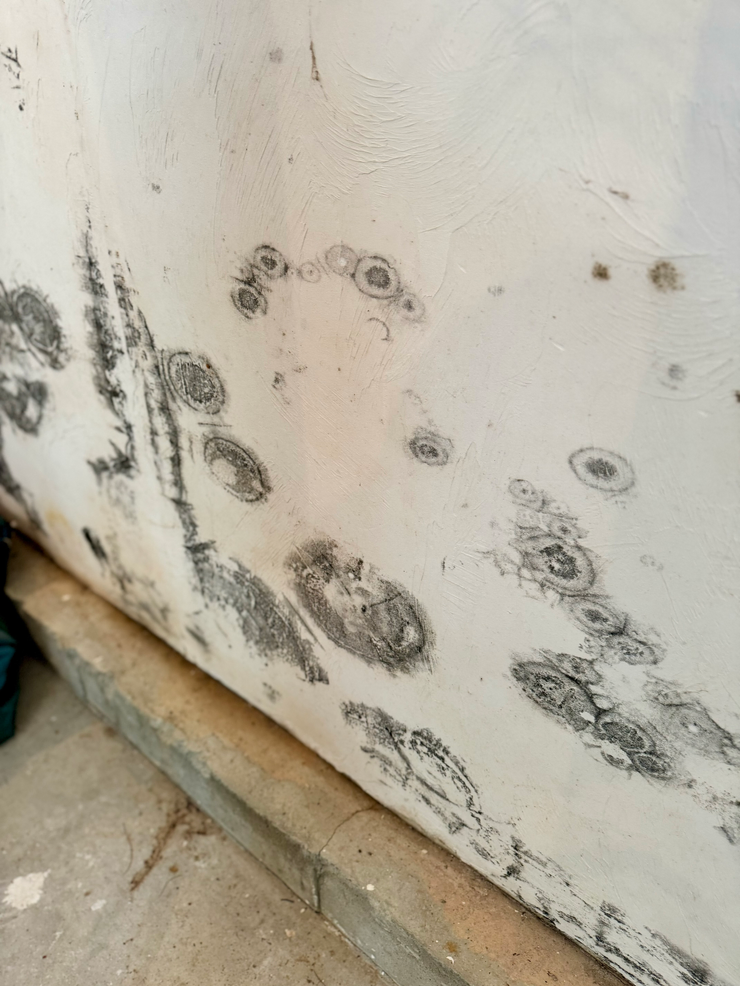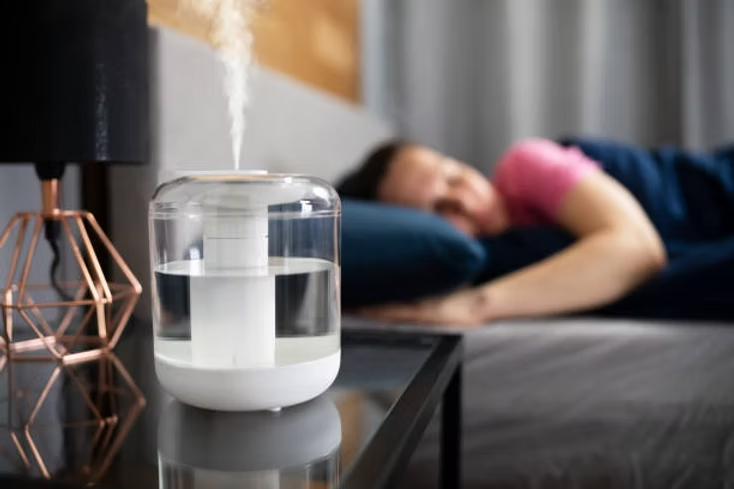Residential Mold Testing: 7 Essential Facts Every Homeowner Should Know
- admin323029
- Blog

Mold is not just an eyesore—it’s a hidden threat to your home and health. Residential mold testing is the cornerstone of a safe and healthy living space. Whether you’re dealing with water damage, musty odors, or unexplained health symptoms, mold testing can provide clarity and solutions. In this comprehensive guide, we’ll break down everything homeowners need to know about residential mold testing, including signs to watch for, the testing process, and ways to protect your home from future infestations.
What Is Residential Mold Testing and Why Is It Critical?
- Residential mold testing is a professional evaluation of your home to detect mold presence, measure spore concentration, and identify specific mold species. Mold testing helps pinpoint hidden infestations, especially in hard-to-see areas like behind walls, under flooring, or inside HVAC systems.
- Why is it essential? Mold can quietly grow and spread, compromising your indoor air quality and potentially harming your family’s health. It also damages your home’s structure, resulting in expensive repairs if ignored. Professional testing ensures you address the problem early, avoiding unnecessary risks.
How Mold Affects Health and Home Safety
Health Risks of Mold Exposure Mold spores, particularly from toxic varieties like Stachybotrys chartarum (black mold), can cause:
- Allergies and respiratory irritation
- Chronic coughing and sneezing
- Sinus congestion and headaches
- Skin rashes
- Asthma flare-ups
Prolonged exposure to mold can worsen pre-existing conditions or lead to severe infections in individuals with weakened immune systems.
Structural Risks of Mold GrowthMold thrives in damp environments and can deteriorate key structural components of your home, such as wood, drywall, and insulation. Over time, mold-related damage can weaken foundations, cause warped floors, and even require expensive renovations.
Top Signs You Need Residential Mold Testing
Wondering if it’s time to test your home for mold? Watch for these red flags:
- Persistent Musty Odors: A damp, mildew-like smell that lingers.
- Visible Mold Growth: Black, green, or white spots on walls, ceilings, vents, or furniture.
- Water Damage: Past flooding, roof leaks, or burst pipes are prime conditions for mold to thrive.
- Increased Allergy Symptoms: Sudden sneezing, itchy eyes, or respiratory issues in specific rooms.
- High Indoor Humidity: Homes with humidity levels over 60% are more prone to mold infestations.
By recognizing these signs early, you can prevent mold from spreading and causing further damage.
How Does Residential Mold Testing Work?
Residential mold testing involves a detailed multi-step process to detect and analyze mold presence:
1. Visual Inspection Professionals start by inspecting visible signs of mold, water damage, and areas prone to moisture, like bathrooms, basements, and HVAC systems.
2. Air Sampling Air samples are collected to determine the concentration of mold spores indoors versus outdoors. High indoor mold spore counts indicate an issue.
3. Surface Sampling Mold on walls, ceilings, or furniture is swabbed or lifted using tape to identify specific mold species.
4. Moisture Detection Moisture meters and infrared cameras are used to identify hidden leaks or damp spots in walls and floors.
5. Laboratory Testing Collected samples are analyzed in a lab, where professionals identify mold types and assess whether they are harmful or toxic.
The result is a detailed report that gives homeowners a clear understanding of the mold problem and how to address it effectively.
Common Types of Mold Found in Homes
Knowing which mold types are most commonly found in residential settings can help you understand the risks:
- Cladosporium: Found on wood and fabrics; can trigger allergies.
- Penicillium: Fast-growing mold often found on damp furniture or insulation.
- Aspergillus: Found on dust, food, or drywall; can produce mycotoxins.
- Stachybotrys chartarum: Also known as black mold, this highly toxic mold thrives on materials like drywall exposed to water for long periods.
Each type of mold poses unique risks and requires a specific approach for remediation.
Why Homeowners Should Prioritize Professional Mold Testing
While DIY mold kits are available, they lack the accuracy and reliability of professional testing. Here’s why professional mold testing is essential:
- Comprehensive Analysis: Professionals identify hidden mold and provide detailed reports on mold concentration and species.
- Expert Recommendations: They guide you through the remediation process and offer advice on mold prevention.
- Safety Assurance: Professionals use advanced tools and safety protocols to ensure accurate testing without disturbing mold spores.
Preventing Mold: Long-Term Solutions for Homeowners
Mold prevention is key to protecting your home and family. Here are actionable steps to keep your home mold-free:
- Control Indoor Humidity: Use dehumidifiers and maintain humidity levels below 50%.
- Fix Leaks Immediately: Repair plumbing issues, roof leaks, and foundation cracks.
- Ensure Proper Ventilation: Use exhaust fans in kitchens, bathrooms, and laundry rooms to reduce moisture buildup.
- Clean and Dry Quickly: After floods or spills, dry affected areas within 24-48 hours.
- Inspect Regularly: Conduct routine checks for mold, especially in basements, attics, and crawl spaces.
Cost of Residential Mold Testing
The cost of professional mold testing varies but typically ranges between $300 and $1000+ for most homes. Larger properties or severe mold issues may incur higher costs. While it might seem expensive, investing in mold testing can save you thousands in future repairs and safeguard your health.
Frequently Asked Questions
- What is the difference between air sampling and surface sampling? Air sampling measures mold spores in the air, while surface sampling identifies mold types on visible surfaces. Both methods complement each other for accurate results.
- Can mold cause long-term health effects? Yes, prolonged exposure to mold can lead to chronic respiratory problems, severe allergies, and even neurological symptoms if left untreated.
- How long does professional mold testing take? Most mold inspections and testing processes are completed within 1-3 hours, with lab results available in a few days.
- Can I clean mold myself? Small areas of mold can often be cleaned using household solutions, but larger infestations or toxic mold should be handled by professionals.
- Will insurance cover mold remediation? It depends on your policy. Insurance may cover mold caused by sudden damage (e.g., a burst pipe) but not from gradual issues like poor maintenance.
- How do I find a reliable mold testing service? Look for certified professionals with positive reviews, transparent pricing, and experience in both testing and remediation.
Conclusion
Residential mold testing is not just a precaution—it’s a necessity for homeowners committed to maintaining a safe, healthy living space. From protecting your family’s health to preserving your home’s structural integrity, professional mold testing is the proactive step you can take to avoid costly repairs and health concerns. Don’t let mold go unnoticed—take action today for peace of mind tomorrow.
Reference Links
Are you worried about the cleanliness of your space?
Let us help you! Cleaning services are our specialty, and we offer a complete range of cleaning and maintenance services. Get a free estimate!




